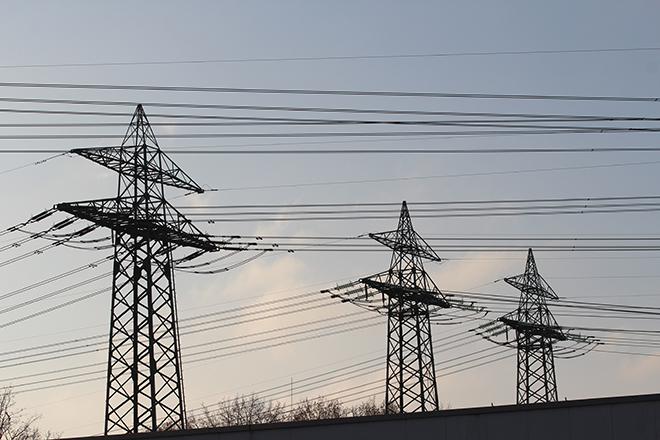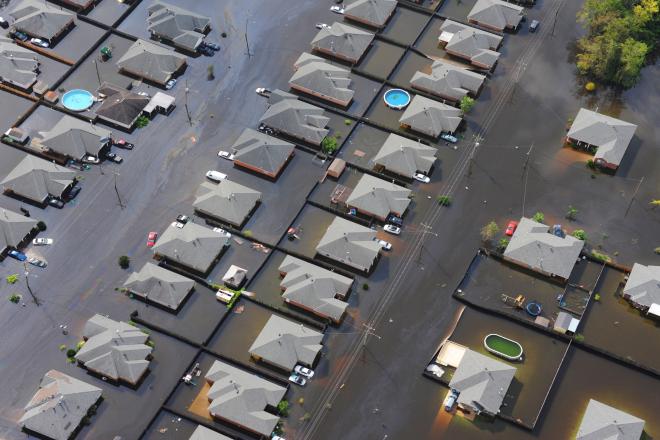Aqueous Borders: Colonizing Water in the 21st Century

Image adapted from LibreTexts Chemistry, licensed under a CK-12 Curriculum Materials License
Resource Description
This three-part module provides lesson plans related to water pollution and water governance. Part I of this module examines water, pollution, and toxicity. Focusing on plastic pollution as a form of colonialism, this module argues for asserting that environmental responsibility needs to rest at the systemic level. Next, using the novel Agua by the Peruvian writer Jose Maria Arguedas, Part II examines the conflicting relationship between peasant-indigenous communities in the Andes and their fight for water sovereignty. Lastly, Part III reveals how water justice struggles are political projects against human rights. Using the complex situation at the U.S.- Mexico border, this module exposes the case of water rights for immigrants crossing the border.
Learn moreEnergy Industry Applications of GIS

Credit: Stormast by Inactive account 127071 is licensed under CC0
Resource Description
Is Energy and GIS your passion? If so, Energy Industry Applications of GIS provides students with an in-depth exploration of the complexities of siting decisions in the electricity market. The course introduces a variety of siting challenges that confront the energy industry and its customers and neighbors but focuses on the siting of electrical transmission lines. The course also provides hands-on experience with a common decision support technology, ArcGIS, and considers how the technology may be used to facilitate public participation in siting decisions. This course stopped being offered for credit and may be out of date or have broken links after May 2019. Learn moreEnvironment and Society in a Changing World

Credit: Ariel view of a flooded neighborhood near New Orleans by Petty Officer 1st Class Matthew Schofield is Public Domain
Resource Description
What factors lead to a natural disaster? What causes a famine? Why do cities flood? According to a recent article in The Atlantic, Houston's flooding during the 2017 Hurricane Harvey was primarily caused by impervious pavement which prevents the absorption of water into the land. This example illustrates how nature and society are interlinked, which is the main focus of Geography 30, Penn State's introductory course to nature-society geography. In addition to examining the linkages between human development and natural hazards, this course will also explore human society's connection to food systems, climate change, urbanization and biodiversity. The course will also cover topics of ethics and decision making in order to help students evaluate the tradeoffs of these interconnections. Learn moreHuman Use of the Environment

Credit: Green 2558976 by StockSnap is licensed under CC0
